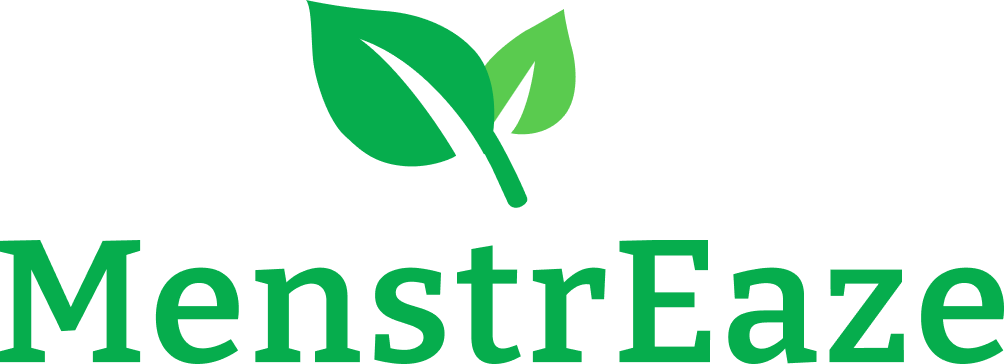
Introduction
Menstruation is a natural process that brings about various changes in the female body, both physically and hormonally. Among the common experiences during menstruation, many individuals encounter intense cravings for specific types of food. A craving for specific foods represents one of the most common and intense experiences surrounding eating. The craving, often referred to as menstrual craving, can be powerful and difficult to resist. In this article, we will explore the causes of menstrual cravings and delve into the intricate relationship between these cravings and hormones.
Causes of Menstrual Cravings
Menstrual craving, also known as "food cravings", is a common phenomenon experienced by many individuals during their menstrual cycle. These intense desires for specific types of food can be difficult to resist and often lead to indulgence. Several factors contribute to the causes of menstrual cravings:
- Hormonal Fluctuations: Hormonal changes that occur throughout the menstrual cycle play a significant role in causing menstrual cravings. Estrogen and progesterone, the primary hormones involved in menstruation, may play a role in undergoing fluctuations that can trigger changes in appetite and cravings. During the premenstrual phase, estrogen levels drop, which can lead to an increase in appetite and cravings for certain types of food.
- Serotonin Levels: Serotonin, a neurotransmitter that influences mood and appetite, is affected by hormonal fluctuations during the menstrual cycle. As estrogen levels decline, serotonin levels may also decrease, leading to changes in mood and an increased desire for foods that can boost serotonin production, such as carbohydrates and sweets.
- Nutritional Deficiencies: Menstrual cravings can sometimes be the body's way of signaling specific nutritional deficiencies. For example, cravings for chocolate may indicate a need for magnesium, which is commonly found in cocoa. Similarly, cravings for salty foods may indicate a deficiency in minerals like sodium or potassium. However, it's important to note that not all cravings are indicative of specific deficiencies and should be considered in conjunction with overall dietary patterns.
Relation Between Menstrual Cravings and Hormones
Hormones, the chemical messengers orchestrating various physiological processes in the body, play a significant role in driving our appetite and food preferences. In this section, we will delve into the fascinating connection between menstrual cravings and certain types of hormones, unraveling the mechanisms at play and unveiling the insights that help us better understand this enigmatic aspect of the female experience.
- Estrogen: Estrogen levels influence appetite and cravings during the menstrual cycle. As estrogen levels drop, typically during the premenstrual phase, the brain's reward system can be affected, leading to an increased desire for pleasurable foods. Estradiol, a type of estrogen, has been shown to influence food intake behaviors in animals: for instance, estradiol reduces food intake in rats. Estradiol has also shown to increase sucrose taste threshold in rats. There are also researchers showing that the estradiol - leptin axis may be a determinant of luteal phase craving and habitual food intake in menstruating women.
- Progesterone: Progesterone, another key hormone during menstruation, can influence cravings through its impact on blood sugar levels. According to some literature, the effect of progesterone remains unclear; some evidence suggests it enhances, while other evidence suggests it antagonizes the anorexigenic effect of estradiol.
- Endorphins: Endorphins, commonly known as "feel-good" hormones, can be influenced by hormonal changes during the menstrual cycle. Craving certain foods, such as chocolate, may be an attempt to increase endorphin levels and improve mood and comfort during menstruation. Scientists are claiming that in many individuals, poor mood stimulates the eating of palatable high carbohydrate/high fat foods that stimulate the release of endorphins.
- Cortisol: Cortisol, the primary stress hormone, can also have an impact on menstrual cravings. Stress levels fluctuate throughout the menstrual cycle, and high levels of cortisol can lead to cravings for comfort foods as a means of stress relief. Researchers have demonstrated that cortisol stimulates appetite and increases intake of highly palatable foods.
- Besides, it should be pointed out that there are many other hormones that are believed to be related/involved in food cravings, such as leptin, ghrelin, and insulin. There are studies investigating their relations with menstrual food cravings.
Conclusion
Appetite regulation and energy intake fluctuate with phases of the menstrual cycle, and it is recommended by the researchers that the cycle phases be considered for dietary intervention studies. Positive energy balance in the luteal phase, compared to a more negative or energy balance during the follicular phase has been reported in lean women.
Menstrual craving is a common phenomenon experienced by many individuals during the menstrual cycle. Hormonal fluctuations, including changes in estrogen, progesterone, serotonin, and cortisol, contribute to these cravings. While it's normal to have cravings during menstruation, it's essential to maintain a balanced and nutritious diet to support overall health and well-being. Understanding the causes and the hormonal connection behind menstrual cravings can help individuals navigate their cravings with greater awareness and make informed food choices. By practicing mindful eating, incorporating nutrient-rich foods, managing stress levels, and maintaining a healthy lifestyle, individuals can effectively manage their menstrual cravings and promote a balanced approach to nutrition during this time.
References
- Dye, L., and J. E. Blundell. "Menstrual cycle and appetite control: implications for weight regulation." Human reproduction (Oxford, England) 12.6 (1997): 1142-1151.
- Rodin, Judith, et al. "Food cravings in relation to body mass index, restraint and estradiol levels: a repeated measures study in healthy women." Appetite 17.3 (1991): 177-185.
- Wurtman, Richard J., and Judith J. Wurtman. "Carbohydrate craving, obesity and brain serotonin." Appetite 7 (1986): 99-103.
- Meule, Adrian. "The psychology of food cravings: the role of food deprivation." Current nutrition reports 9 (2020): 251-257.
- Krishnan, Sridevi, et al. "Estradiol, SHBG and leptin interplay with food craving and intake across the menstrual cycle." Physiology & behavior 165 (2016): 304-312.
- Yu, Zhiping, Nori Geary, and Rebecca L. Corwin. "Individual effects of estradiol and progesterone on food intake and body weight in ovariectomized binge rats." Physiology & behavior 104.5 (2011): 687-693.
- Benton, David. "Carbohydrate ingestion, blood glucose and mood." Neuroscience & Biobehavioral Reviews 26.3 (2002): 293-308.
- Chao, Ariana M., et al. "Stress, cortisol, and other appetite‐related hormones: Prospective prediction of 6‐month changes in food cravings and weight." Obesity 25.4 (2017): 713-720.


